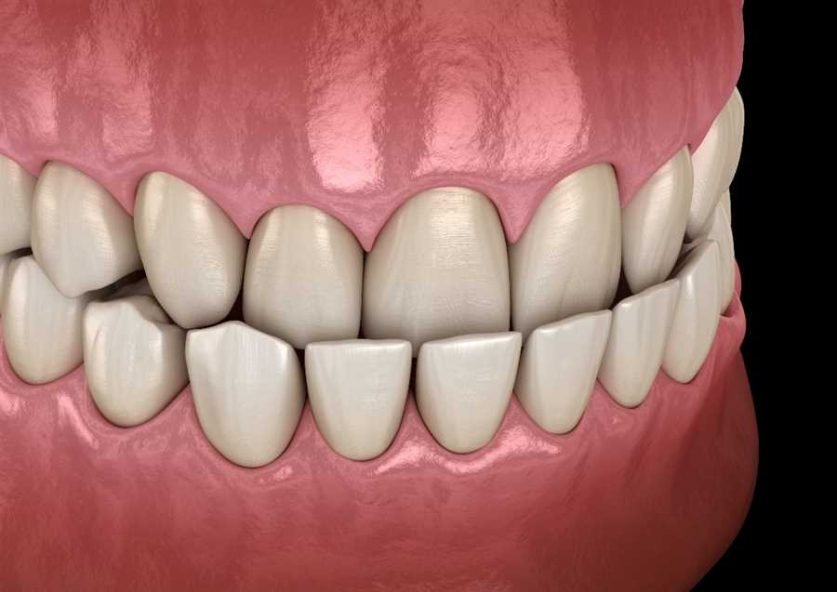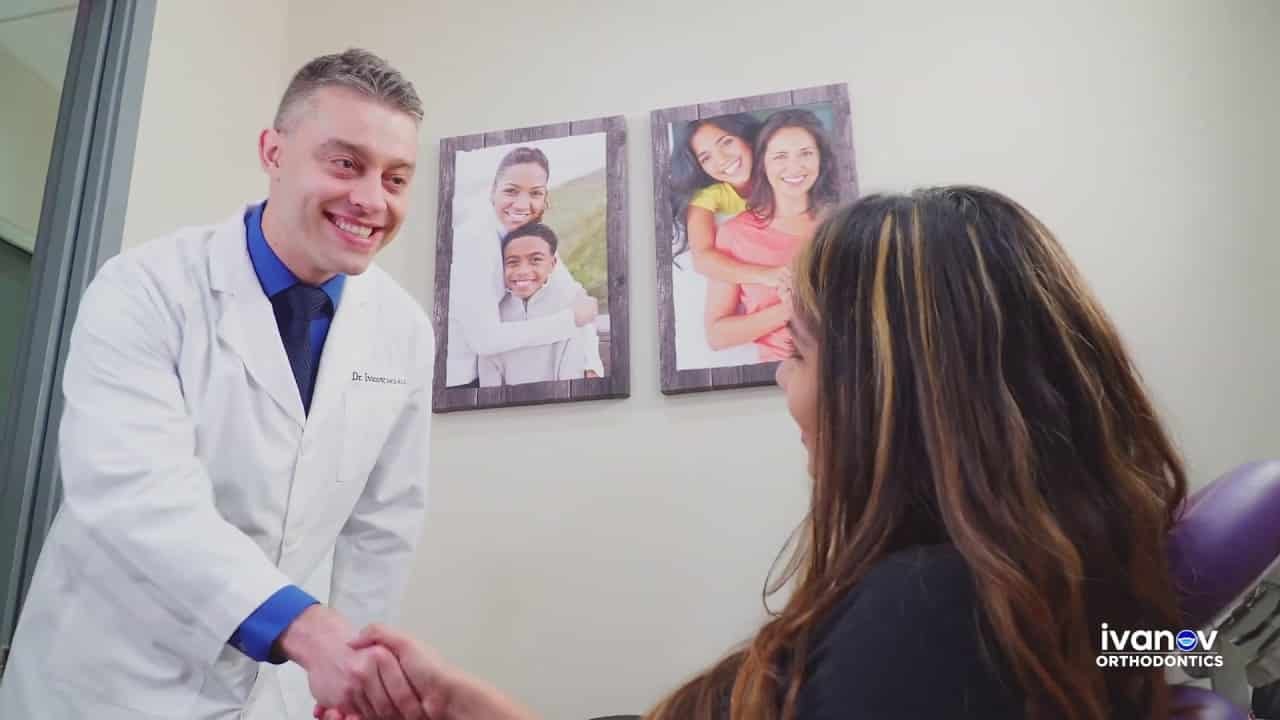If you are someone whose dental specialist suggests an underbite correction, then it is time to know a detailed overview of what is an underbite and its treatment options. An underbite is an orthodontic malocclusion in which your lower jaw overlaps the bottom jaw. Your front teeth slightly cover your bottom teeth in a typical bite. If your lower teeth are in front of your upper teeth and your dentist believes you have an underbite and will suggest treatments such as braces and underbite surgery. In this article, we have mentioned almost every ounce of information about underbite, which you should know before the treatment.
What are the causes of underbite disorder?
Here are some causes of underbite disorder such as:
- Underbite caused due to genetic issue
- Babies who have been drinking from bottles for an extended time are the prominent reason for underbite.
- Thumbsucking causes underbite.
- Jaw and facial injuries are joint.
- The pushing of the tongue
- Tumors of the jawbone
- Using pacifiers for more extended periods than usual
What are the problems experienced due to underbite development?
We have mentioned some difficulties faced due to the underbite disorder, such as:
- Problems with eating
- Concerning the subject
- TMJ (temporomandibular joint) pain, as well as headaches and earaches
- Teeth that are cracked or worn down
- Tooth decay caused by enamel wear
- Mouth breathing, halitosis, and bacterial infections are all symptoms of chronic mouth breathing.
- Sleep apnea, snoring, and other breathing problems at night
- Bullying or individuals expressing disdain for your appearance can cause emotional discomfort.
- Low self-confidence
What are the different types of underbite correction?
The dentists use an expander in the upper jaw over a few rear teeth with a screw in the center. The device works by slowly twisting the screw every day to establish the proper tension between the palatal bones. The goal is to enlarge the dental arch and shift teeth within the bone by widening the upper jaw. Palatal enlargement takes about three to six months in most patients.
1. Jaw Surgery
You may need underbite jaw surgery as an adult if you have severe underbite. You might expect to pay up to $40,000 and need x-rays, a thorough examination, and general anesthesia. Your oral surgeon will next cut, remodel, and realign your jawbone. This procedure is known as orthognathic surgery, and it requires collaboration between your oral surgeon and orthodontist.
2. The reverse-pull face mask:
Although it is slightly more complicated, it is yet another appliance for correcting an underbite. It resembles headgear as it wraps around your child’s head. It uses metal bands attached to the upper back teeth and then pulls the upper jaw back into the correct position. It is the most common procedure for underbite correction.
3. Braces:
Underbite braces are usually the next best thing when other underbite treatments fail. The most frequent approach to repair an underbite is with braces. Braces are formed of various parts, but the most important are brackets glued straight to the front of the tooth. Brackets keep the wires which shift teeth in the right place in place. Spacers or separators that create space between teeth, rubber ties that secure the wire to the brackets, and rubber bands that connect to the brackets of both upper and lower teeth to exert pressure and establish a correct bite are all possible components of braces.
Takeaway!
We hope you liked this article, and it was a great help for you in knowing how to fix underbite with different types of treatments. If you are someone suffering from an underbite, then it is essential to visit a dentist and get a correction of an underbite. For knowing more about underbite correction, you can visit our website and schedule an appointment with our best dental care specialist.







